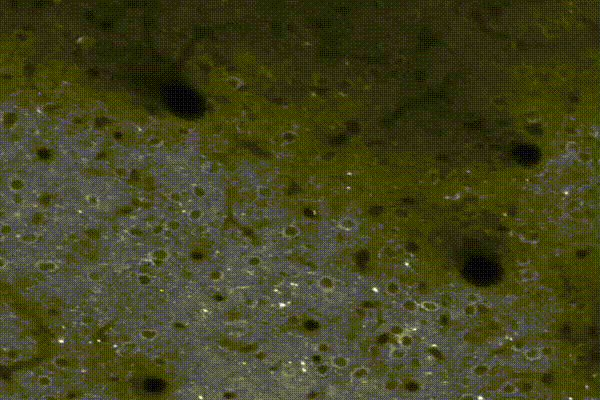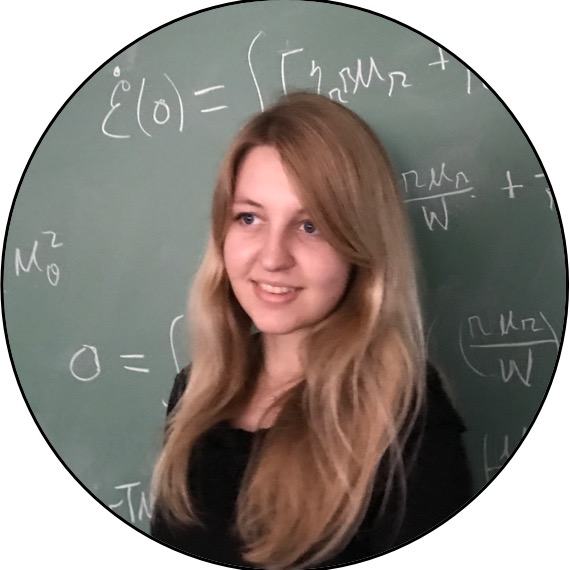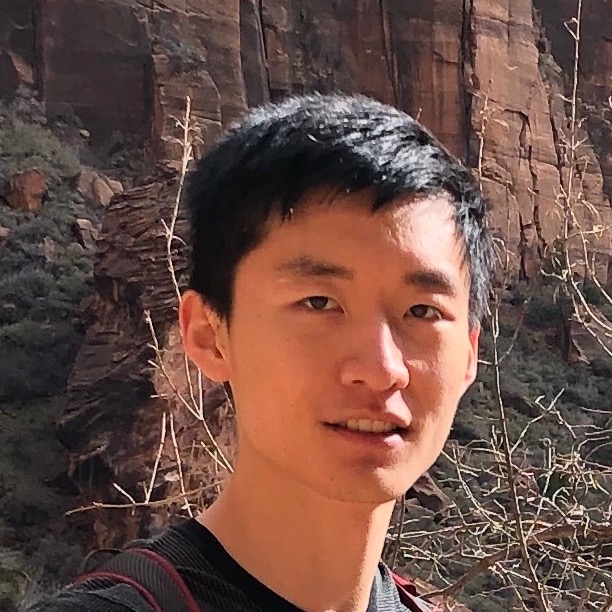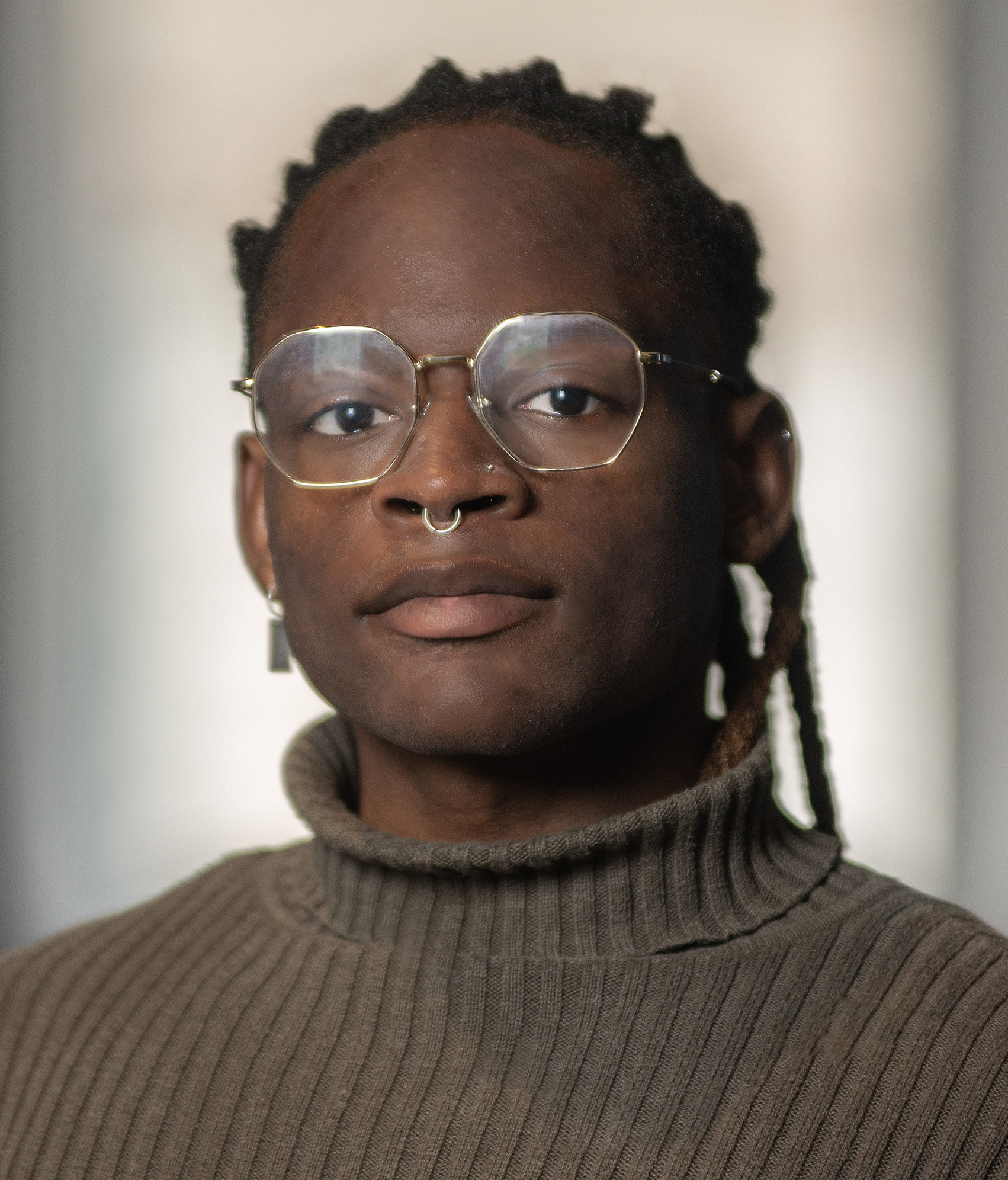Research Overview
We develop statistical models and open-source computational tools to extract insights from neural data.
We are particularly interested in characterizing flexibility and variability in neural circuits—e.g., how do the dynamics of large neural ensembles change over the course of learning a new skill, during periods of high attention or task engagement, or during development and aging.
Summarizing these processes even on an descriptive level is a difficult and unsolved challenge.
Past projects have explored the use of tensor decomposition as a model of trial-by-trial gain modulation, time warping models to account for trial-by-trial timing variability, spontaneous remapping of spatial coding in entorhinal cortex, and neural sequence detection methods through convolutional matrix factorizations and Bayesian nonparametric mixture models.












